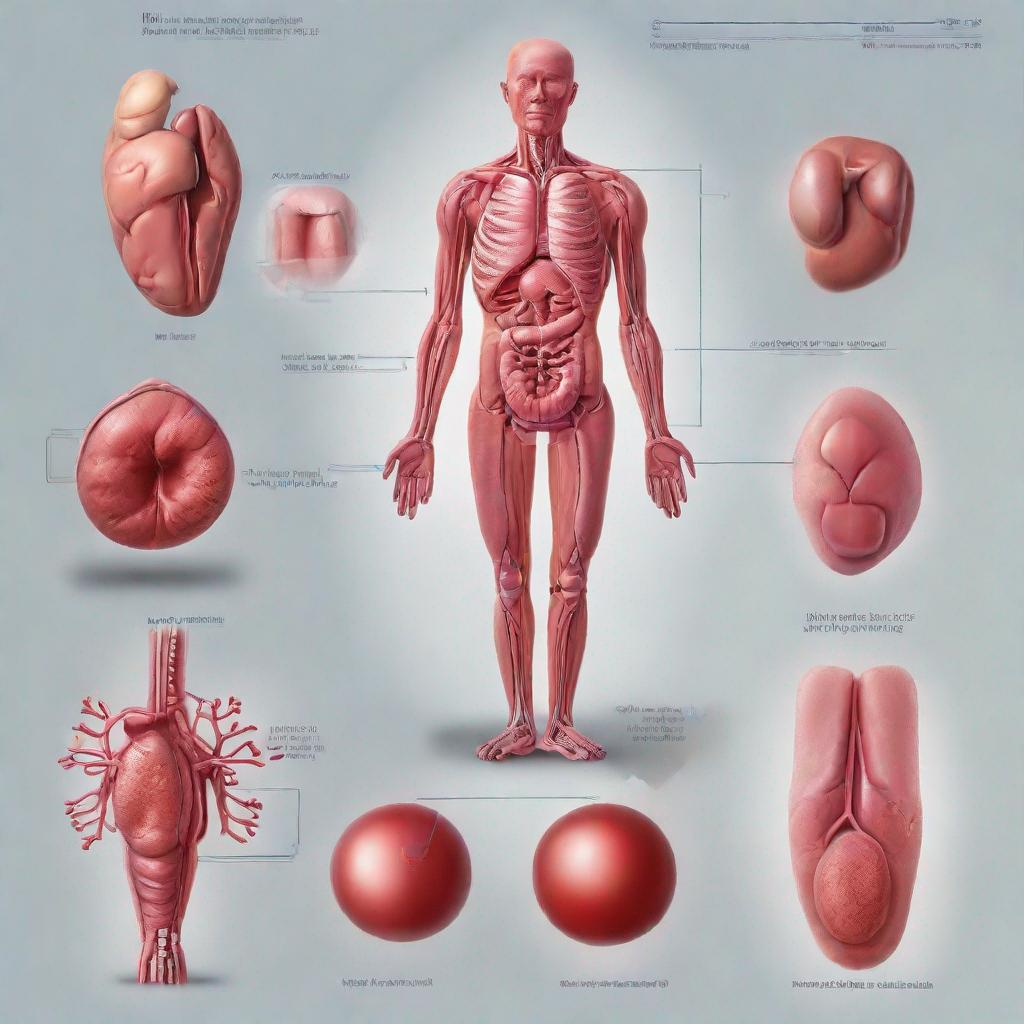## WBC & DIFF: A Comprehensive Guide to Understanding Your White Blood Cell Count
### Introduction
The **WBC & DIFF** test, also known as **White Blood Cell Count and Differential Count**, is a vital diagnostic tool in medical practice. This test provides crucial information about the health of your immune system, helping healthcare providers assess various conditions and diseases.
### Test Overview
The WBC & DIFF test measures the **total number of white blood cells** in your blood, as well as the **proportions of different types of white blood cells**. White blood cells play a critical role in your body’s ability to fight infections and protect against diseases.
### Conditions and Diseases Detected
The WBC & DIFF test can help diagnose and monitor a wide range of conditions and diseases, including:
– Infection: Bacterial, viral, or fungal infections can cause an increase in white blood cells, especially neutrophils.
– Inflammation: Inflammatory conditions such as arthritis and autoimmune diseases can lead to an elevated white blood cell count.
– Cancer: Certain types of cancer, such as leukemia, can be identified by abnormal white blood cell levels or types.
– Autoimmune diseases: These conditions occur when the body’s immune system mistakenly attacks its own tissues, resulting in increased white blood cells.
### Symptoms of Conditions Detected
Symptoms associated with the conditions detected by the WBC & DIFF test include:
– Fever
– Chills
– Fatigue
– Muscle aches
– Joint pain
### Preparation Guidelines
No special preparation is typically required for the WBC & DIFF test. However, your healthcare provider may instruct you to fast for a certain period before the test.
### Procedure
The WBC & DIFF test involves drawing a small sample of blood from your arm. The blood is then analyzed in a laboratory using automated analyzers. The procedure is generally safe and painless.
### Duration and Waiting Time
The WBC & DIFF test usually takes only a few minutes. You can typically expect to receive your results in one to two days.
### Additional Tests
In some cases, your healthcare provider may recommend additional tests to complement the WBC & DIFF, such as:
– Complete Blood Count (CBC): This test provides a more comprehensive analysis of your blood cells, including red blood cells and platelets.
– Erythrocyte Sedimentation Rate (ESR): This test measures inflammation by assessing the rate at which red blood cells settle to the bottom of a blood sample.
– C-Reactive Protein (CRP): This test also measures inflammation by detecting a protein produced by the liver.
### Conclusion
The WBC & DIFF test is a valuable tool for healthcare providers to assess your immune system and diagnose various health conditions. By understanding your white blood cell count and differential, you can gain insights into your overall health and work with your provider to manage any potential health issues.



